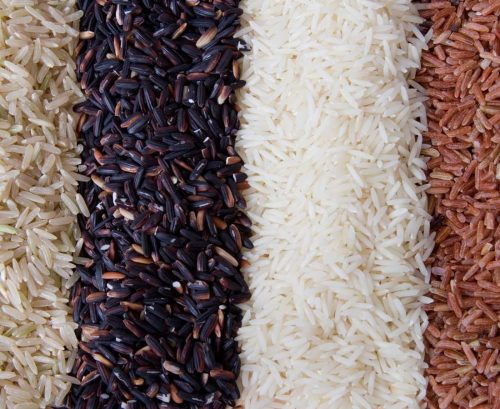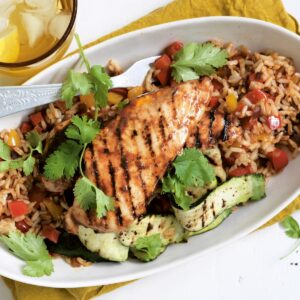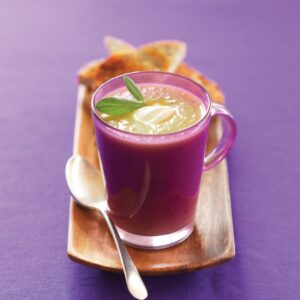
Rice is one of the world’s staple foods. We look at why rice is a healthy part of any diet and which types of rice are the best for you.
In medieval Europe rice was a rare commodity, to be locked away in the spice cupboard with other treasured condiments, including refined sugar. These ingredients were used to make a pudding similar to blancmange. Still uncommon in England in the 1500s, a precursor to the English rice pudding was given to nursing mothers and in the following century another rice pudding recipe was considered an aphrodisiac (as many foods are at some point in their history)!
The exclusive origins of rice are still evident in Norway: while porridge made with other grains was an everyday affair, rice porridge became a festive dessert and is still traditional on Christmas eve.
Here we are more likely to think of rice as the staple food of the Asian diet. With the introduction of many different Asian cuisines over the past few decades, consumption of rice has increased in the ‘West’ considerably.
Rice nutrition
A kernel of rice is enclosed in an inedible hull, which must be removed. This leaves a grain made up largely of starch with a little protein (the endosperm); a bran layer which contains B vitamins, fibre and trace minerals; and the germ which contains antioxidants, vitamin E and B vitamins.
Generally, for rice, brown rice is whole grain, white rice is not. Parboiled white rice can appear darker than normal white rice as it has absorbed some of the nutrients from the bran layer. Parboiled rice is also available in brown. Check the ingredients if you are unsure.
Most of us do not get as much fibre as we should. Whole grains are the healthiest option because they retain all of the nutrients of the grain and are high in fibre.
Recognising that our diets are largely based around refined grains, the recommendation in the US is to ‘make half your grains whole grain’. You don’t have to stop eating fabulous creamy risottos or learn to eat brown rice with your curries; white rice is still a valuable source of carbohydrate in our diet. Nutritionists and dietitians always advocate variety! The practical solution is to add brown rice to your repertoire, or use it more often. Remember that brown rice is denser and contains more energy and carbohydrate so you can use smaller serves, which will be just as satisfying.
What does ‘whole grain’ mean on a label?
For a product to be labelled ‘whole grain’ it must retain the endosperm, germ and bran of the grain. This can mean the whole intact grain, as you might expect, but that’s not always the case. It can also mean the grains have been ground, milled, cracked or flaked, but the three parts of the grain – the endosperm, germ and bran – are all present in the same proportions that are typical of the whole cereal. This is why you may see some highly processed cereals that are still called whole grain. Even though they are highly processed, they still contain all of the fibre and nutrients of the whole grain.
Rice tips
- Most packaged rice doesn’t need to be washed before use. Never wash risotto rice, as you’ll lose some of the starch you need to make your risotto creamy. If you’ve bought your rice in bulk from bulk bins, it pays to wash it to remove dust.
- Store rice in an airtight container in your pantry. Don’t keep rice for more than a year; weevils love rice and can get into even unopened packets that languish through the summer months.
- Be careful with cooked rice. Harmful bacteria can grow quickly in rice, so refrigerate leftover rice and don’t reheat it more than once. Cooked rice can be successfully frozen.
- When cooking rice, a useful rule of thumb is: a cup of raw rice will produce 3 cups of cooked rice. Brown rice yields a little less.
- The best rice for fried rice is cold; use leftover rice from the fridge or freezer.
- A common complaint about cooking brown rice is that it takes too long. If you pre-soak it, it will cook more quickly. And for a nuttier texture, don’t cook it as long as the instructions say!
www.healthyfood.com










